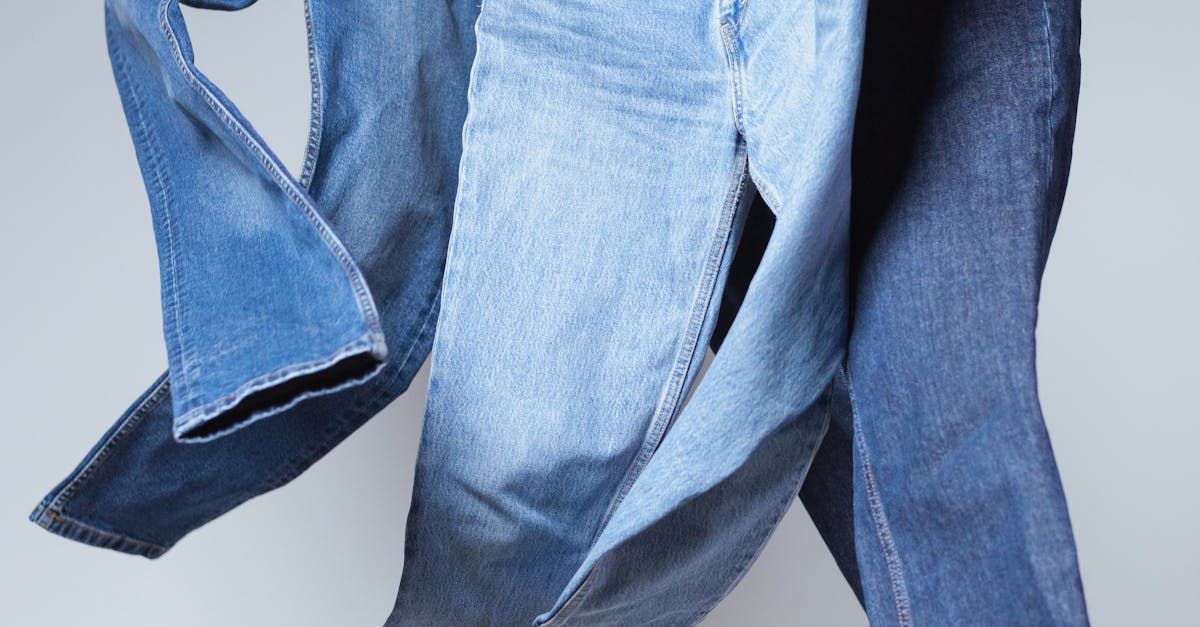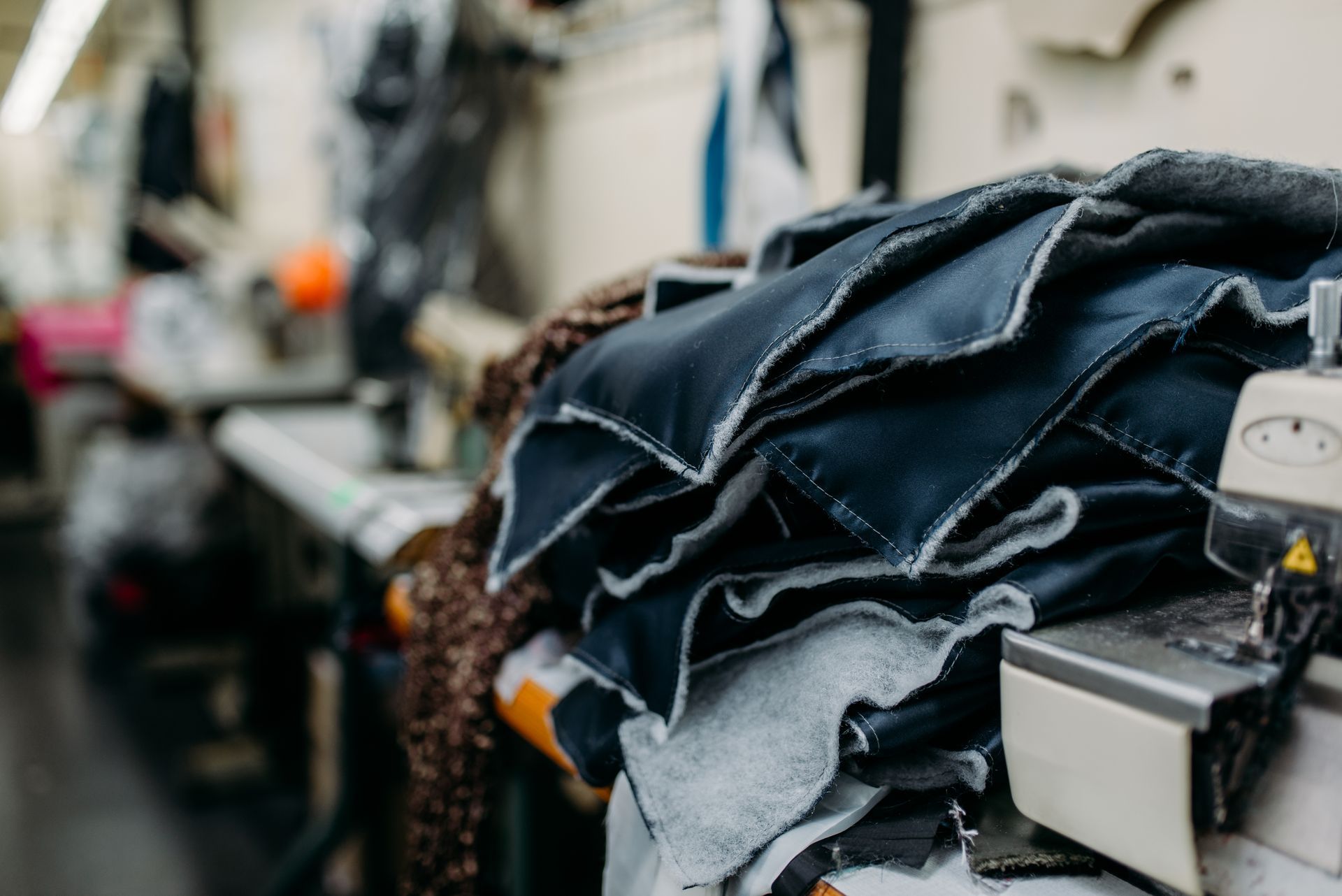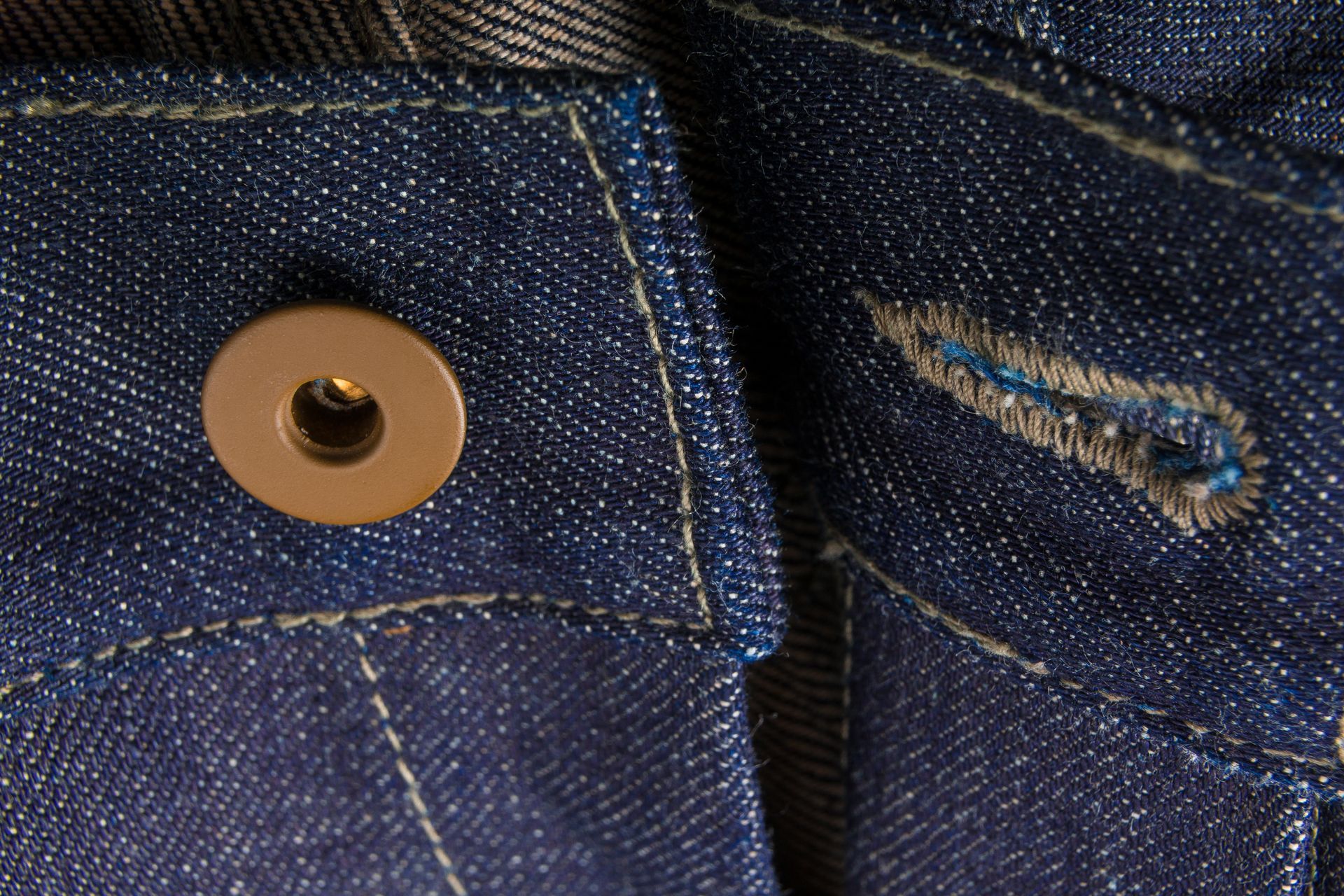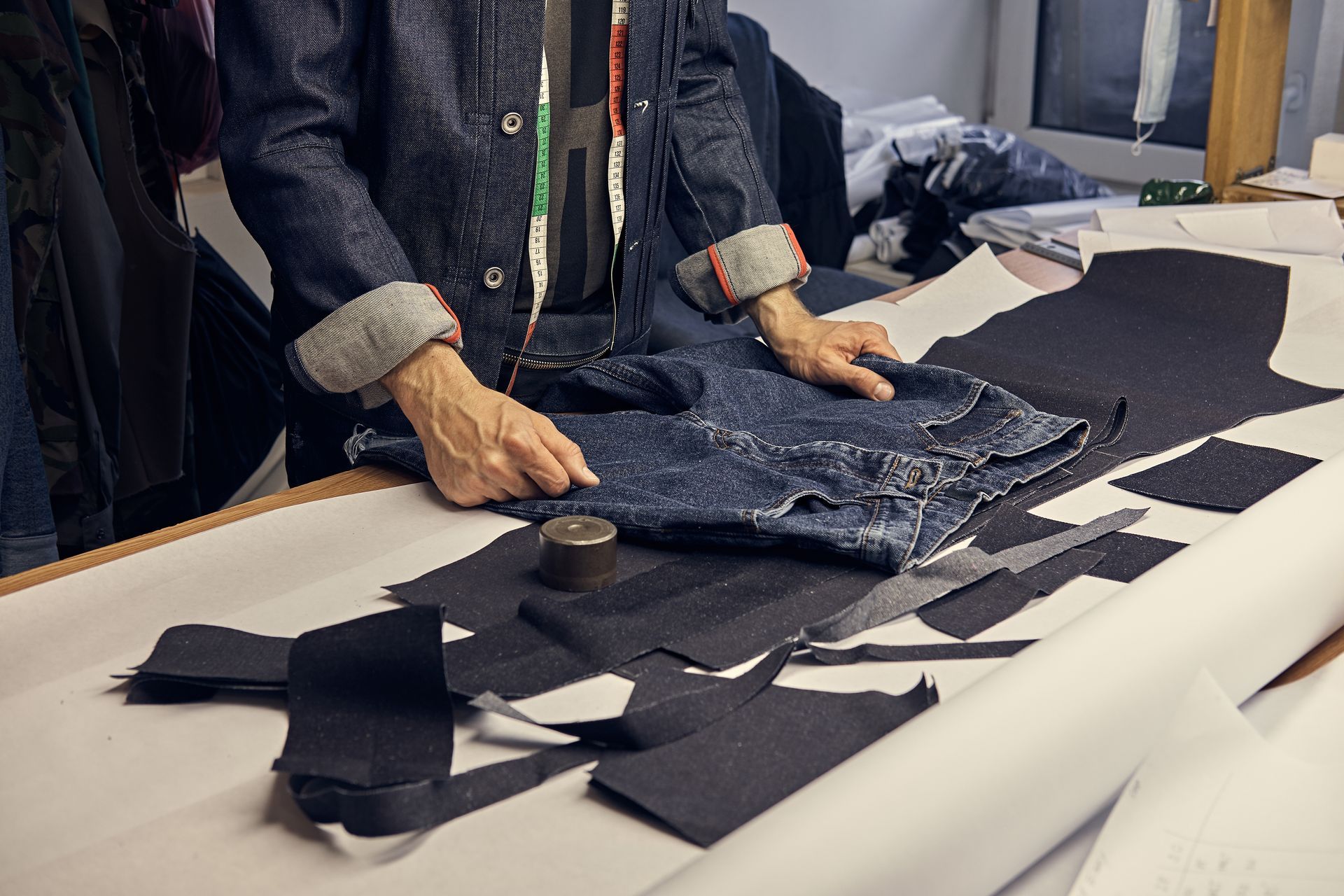The History of Denim: From Workwear to Fashion Staple
Moische.com
Introduction
Denim, a fabric synonymous with rugged durability and timeless style, has journeyed from humble beginnings as workwear to becoming a global fashion staple. This article explores the fascinating history of denim, tracing its evolution through the ages and its impact on fashion.
Origins of Denim
The origins of denim can be traced back to the 17th century in Nîmes, France. The fabric was originally called “serge de Nîmes,” which was eventually shortened to “denim.” This sturdy cotton twill fabric gained popularity for its durability and comfort, making it ideal for workwear.
Denim in America
In the mid-19th century, denim crossed the Atlantic and found a new home in America. During the California Gold Rush (1848-1855), miners needed durable clothing that could withstand harsh working conditions. Levi Strauss, a German immigrant, saw an opportunity and, in 1853, began supplying denim overalls and trousers reinforced with copper rivets, creating the first pairs of blue jeans.
The Rise of Blue Jeans
Blue jeans became the uniform of American laborers, including farmers, railroad workers, and cowboys. The fabric's strength and comfort made it indispensable. The 20th century saw denim's transformation from utilitarian workwear to a symbol of rebellion and youth culture.
Denim in Popular Culture
1950s: Hollywood icons like James Dean and Marlon Brando popularized denim in movies such as "Rebel Without a Cause" and "The Wild One," associating jeans with rebellion and youthful defiance.
1960s-1970s: The counterculture movement embraced denim as a symbol of non-conformity. Hippies and activists adorned their jeans with patches, embroidery, and bell-bottom styles.
1980s: Denim entered the mainstream fashion scene, with designers like Calvin Klein and Guess creating high-fashion denim collections. The era also saw the rise of acid-wash and distressed jeans.
Modern Denim
Today, denim is a versatile fabric found in every wardrobe. It transcends age, gender, and social status. Designers continue to innovate, creating sustainable denim using eco-friendly practices and materials. High-fashion houses and streetwear brands alike celebrate denim's enduring appeal.
Sustainable Denim Practices
With growing awareness of environmental issues, the denim industry is undergoing a transformation. Sustainable practices include:
Organic Cotton: Reducing the environmental impact by using organic cotton.
Water Conservation: Implementing water-saving techniques in the production process.
Recycling and Upcycling: Creating new garments from recycled denim.
Conclusion
From its beginnings as sturdy workwear to its status as a fashion icon, denim has woven itself into the fabric of our lives. Its ability to adapt and evolve with changing times ensures that denim will remain a beloved wardrobe staple for generations to come.

Stay ahead in denim fashion with insights into the latest innovations and trends. From sustainable practices and eco-friendly materials to smart fabrics and customization options, explore how technology and creativity are shaping the future of denim. Learn about new denim styles and production techniques that promise to revolutionize your wardrobe.

Discover the world of denim accessories that go beyond jeans and jackets. From stylish bags and hats to chic shoes and belts, explore how denim is used to create unique and fashionable accessories. Learn how to incorporate these pieces into your wardrobe for a fresh and trendy look that showcases the versatility of this timeless fabric.

Unleash your creativity by customizing your jeans with these DIY tips and tricks. Learn how to add unique details like distressing, embroidery, patches, and more to create one-of-a-kind denim pieces. Whether you want a subtle change or a bold transformation, our guide will help you personalize your jeans to reflect your style and personality.

Explore the detailed process of denim production, from cotton harvesting and yarn dyeing to weaving, cutting, and sewing. Learn about the various steps involved in creating your favorite pair of jeans, including fabric finishing techniques and quality control measures. Understand the craftsmanship and technology that go into making durable and stylish denim garments.

Discover how denim has shaped and been shaped by pop culture. From James Dean's rebellious style to Madonna's fashion statements, learn about the iconic moments and figures that made denim a cultural staple. Explore how music, movies, and celebrities have influenced denim trends, turning this fabric into a symbol of individuality and timeless style.

Embrace the return of vintage denim with our guide on how to find and style retro jeans. Learn where to shop for authentic vintage pieces and discover tips on styling them to fit modern trends. From high-waisted cuts to flared legs, explore how to incorporate timeless denim styles into your wardrobe for a unique and fashionable look.

Understand the different denim fits to find your perfect pair of jeans. From slim and straight to skinny and beyond, learn the key characteristics of each fit, including how they taper and where they sit on the waist. Discover styling tips for each type to ensure you look and feel great in your denim, no matter the occasion.

Dive into the world of denim fabrics and learn about the differences between raw and selvage denim. Discover the unique qualities of each type, including their durability, aging process, and distinctive features. Understand how these fabrics are made and what sets them apart, helping you make informed choices when selecting your next pair of jeans.

Dive into the world of denim fabrics and learn about the differences between raw and selvage denim. Discover the unique qualities of each type, including their durability, aging process, and distinctive features. Understand how these fabrics are made and what sets them apart, helping you make informed choices when selecting your next pair of jeans.
